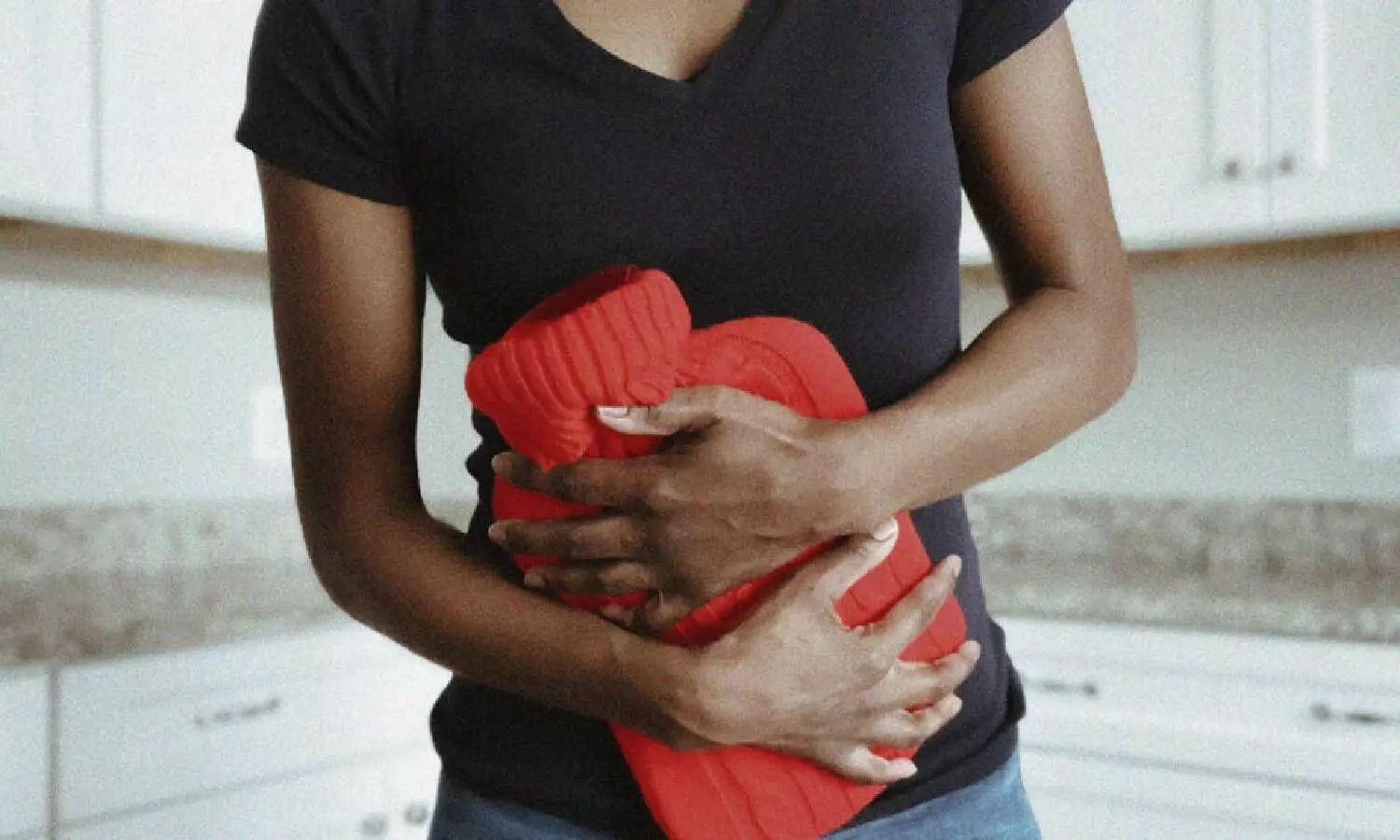Period pains in teens can be a sign of endometriosis: Learn about symptoms, diagnosis, pain management
Endometriosis is when cells similar to the lining of a uterus grow at an extra-uterine unusual site such as the ovaries, fallopian tubes, etc. In the past, it was believed that this disease affects only older women, but we now know that it is common for a teen or young woman to get endometriosis says Dr. Vimee Bindra, endometriosis excision surgery specialist and gynaecologist.
By Newsmeter Network
Hyderabad: Endometriosis is when cells similar to the lining of a uterus grow at an extra-uterine unusual site such as the ovaries, pelvic peritoneum, and fallopian tubes. Actually, it can grow anywhere. In the past, it was believed that this disease affects only older women, but we now know that it is common for a teen or young woman to get endometriosis says Dr. Vimee Bindra, endometriosis excision surgery specialist and gynaecologist.
She is also the co-founder of "Endocrusaders."
Here is Dr. Bindra writing about endometriosis among teenage girls and young women.
A young girl may think that the incapacitating symptoms are the norm and she has to live with them. This feeling and misconception are deepened further by ill-informed people who tell her that "period pain is normal", "exercise will make it better", "don't behave like a kid, it's your period", "your mother and grandmother had the same pain so don't worry".
If the pain does not subside and she is taken to a doctor, in all probability she may be told that there is no problem. She will be told, "Everything is fine with you, no need to complain so much." If pain is pretty bad, she will be introduced to the world of analgesics (painkillers). If this also doesn't work, contraceptive pills come to the rescue, and she starts functioning under the influence of hormones. And if it is due to endometriosis the disease progression continues and after years of suffering, she may be diagnosed when she undergoes laparoscopy.
Endometriosis symptoms in teens
Most women, when asked, tell that their period pain started in their teens or early 20s. Around 40% of women start experiencing period pain before the age of 15 years.
Evaluation of period pain
Mild discomfort on the first two days of a period is common but it needs further evaluation if it causes distress or inability to do routine activities, missing school, sports activities and doesn't get better when treatments like simple painkillers are taken.
Which are teens at greater risk?
Endometriosis runs in families, so young girls whose relatives have endometriosis have a higher chance of having endometriosis. Girls who start periods early or have low BMI run a higher risk of endometriosis.
These girls may develop some other symptoms such as
· Heavy bleeding
· Bloating
· Lower back pain
· Muscle spasm
· Irritable bowel
· Painful overactive bladder
· Fatigue
If teenage girls are not responding to medical pain management and if laparoscopy is done, almost 67-70% of them will have endometriosis.
Diagnosis of endometriosis in teenage girls
Ultrasound and MRI can detect ovarian cysts quite well but in teenage girls these lesions are rare and peritoneal lesions are more common. These lesions are small and are clear or white or red and can be picked up on laparoscopy only. To identify these lesions properly endo excision expert should be involved in diagnosis and treatment.
How can parents deal with their teenage daughter's pain?
· Get good information about pelvic pain.
· Help them cope with the pain and its effects on their emotional thought process which might leave them thinking they have to suffer like this their whole life.
· Help them develop a support team of gynaecologists, physiotherapists, pain management specialists, dieticians, counsellors, friends, teachers, and school nurse.
· Try to shift the focus away from pain.
· Help your adolescent develop a plan to deal with bad pain days.
What adolescents can do to manage their symptoms
· Staying active will reduce their muscle spasm. Gentle exercise such as walking and stretching helps.
· Physiotherapists can help relax the pelvic muscles as tightening of the pelvic muscles increases pain.
· Improve diet, include an anti-inflammatory diet, avoid constipation, and drink plenty of water.
· Involving yourself in a hobby helps distract from the symptoms. Meditation and breathing exercises also focus the mind away from the pain and help in pain management.
· Acupuncture and alternative therapies can improve pain symptoms for some young women.
What can and should we offer
Make the diagnosis early. If pain is severe, endometriosis should be considered a possible diagnosis. Believe the patient and don't tell them it happens or that it's normal or that they are over-reacting. If it's endometriosis, it can be corrected surgically and she can lead a pain-free life.
Simple surgery to relieve the pain
Trained excision surgeons who can completely recognise the disease and remove it can reduce the recurrence rates of the disease. This can be a daycare surgery and the patient can go home the same day.
If complete excision is done, post-operative pain relief is miraculous. Menstrual cramps and ovulatory pain may persist.
When these young girls are free from chronic pelvic pain, their healthy state of mind returns, and their productivity increases. They come to value their worth.